Tracking and Trail Cameras: Looking Back and Looking Ahead
The Keeping Track, WildCam and WildPaths programs have engaged community scientists in monitoring the CHC region’s wildlife populations for over a decade, and we are now poised to usher this program into a new format under the WildPaths banner. As we stand on this cusp, we wanted to take a moment to look back on over a decade of wildlife tracking discoveries and contributions, and to look forward to new volunteer openings and learning opportunities on the horizon.
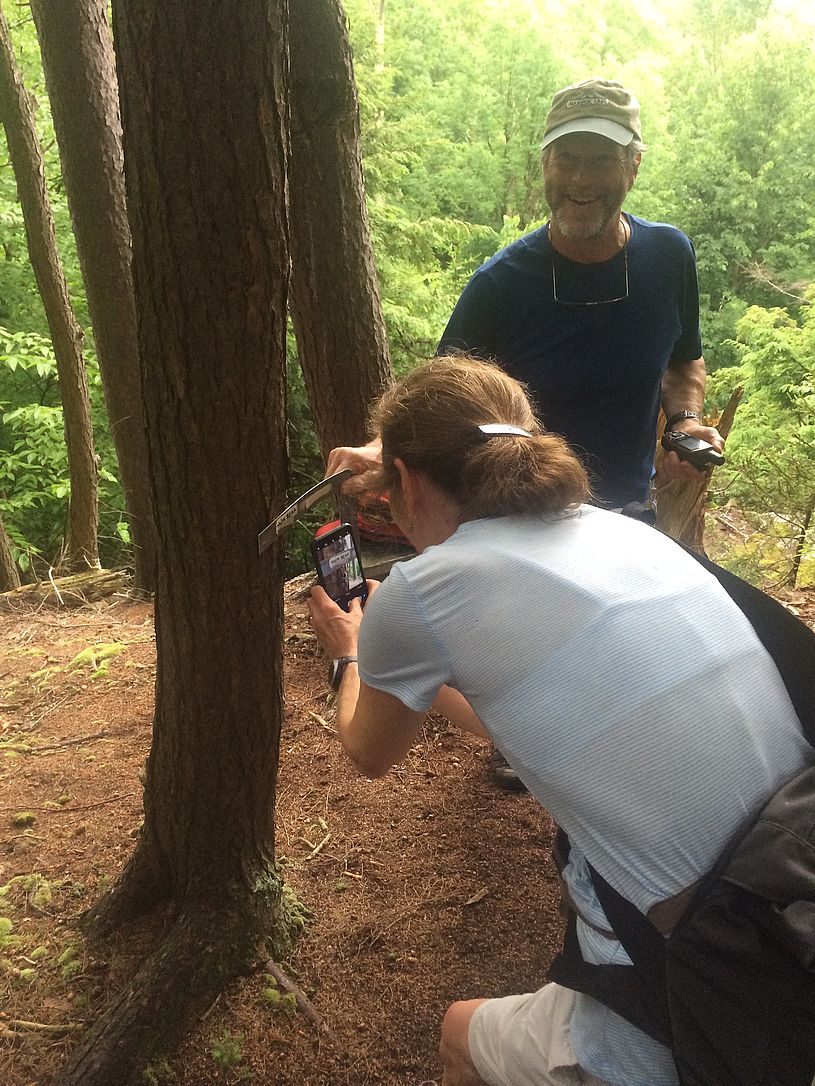
CHC’s wildlife monitoring program started in 2010 through a partnership with Sue Morse, who designed the Keeping Track monitoring protocol and inspired dozens of local trackers to take part in surveying wildlife habitat. The program was based around wildlife tracking teams each surveying a 2.5-mile transect route four times a year, noting the presence of wide-ranging indicator species including moose, black bear, bobcat, lynx, marten, fisher, otter and mink. At its peak before COVID, there were active teams in Richford, Montgomery, Enosburgh, Bakersfield and Fletcher regularly reporting wildlife activity like fresh bear clawing and bite marks on trees, piles of moose pellets, or fisher tracks in the snow.
In 2018, heat and motion-sensitive game cameras were placed along the Keeping Track transects in partnership with Vermont Fish & Wildlife’s lynx and marten study, and our volunteers received training to follow the statewide camera check protocols. Although sightings of those two target species were (expectedly) slim, the game cameras have offered a treasure trove of other wildlife sightings at their seven locations across the CHC region. And, although it was not the intention at the outset, the placement of a game camera along each Keeping Track transect has offered us an opportunity to compare what species have turned up with each survey method, and to consider how these tools might complement one another for our future wildlife monitoring efforts.
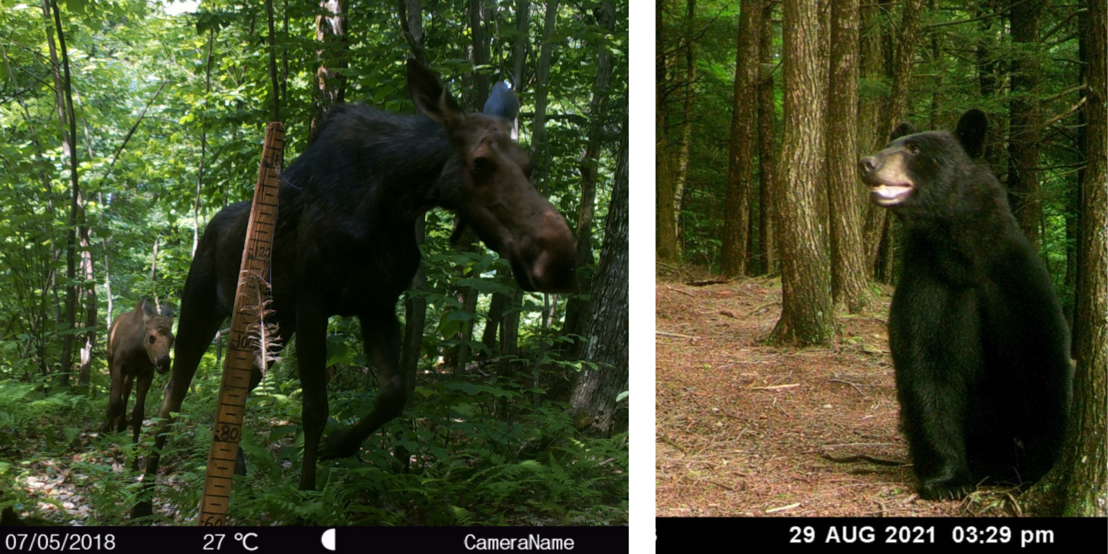
There’s still much analysis to be done (five years makes for a lot of observations!), but we do have some initial findings based on data from two of our transect and trail camera pairs, in Enosburgh and Montgomery. CHC’s Community Science Coordinator, Sophie Mazowita, shared these results last April at the Northeast Natural History Conference, to an audience of naturalists and wildlife professionals. She will also present them at a Keeping Track program celebration this August.
The 5 years of camera data and 10 years of Keeping Track data have offered us a good baseline of target species occurrence at our monitoring locations, and we may find it valuable to repeat these same surveys at some point in the future, but CHC has decided to move into a “hibernation” period for these protocols as we test out some new ones.
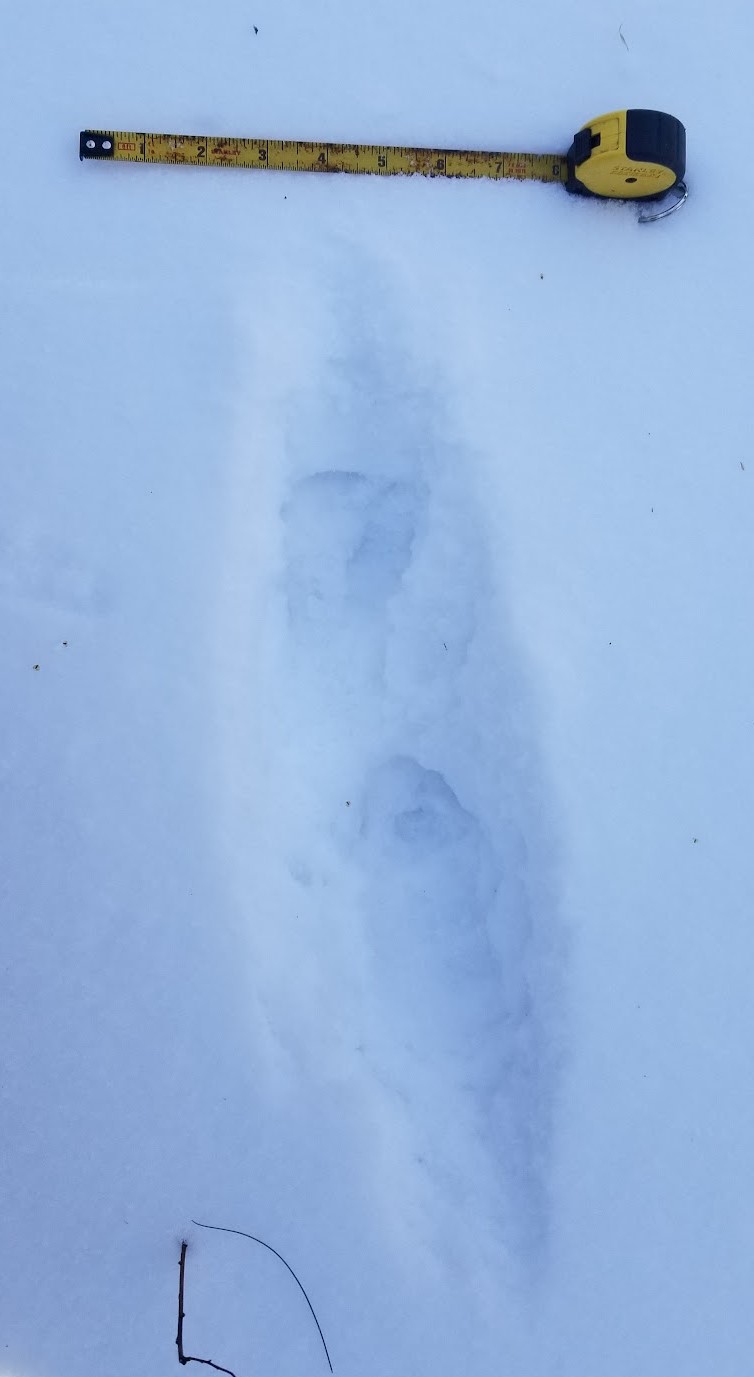
Why press pause on Keeping Track?
We have seen that track and sign observations are highly variable and dependent on weather and substrate conditions, as well as observer confidence. We know there is value in long-term monitoring and potential for trends to be discovered (based on wildlife populations increasing or decreasing, new species moving into an area, etc.), but it would take a much higher sampling effort—meaning many more trackers and many more survey dates—to find the true trends within all the noise created by these other variables.
But we do know we want to keep tracking! We see the value of trained trackers being able to pick up on subtle signs of wildlife activity and having boots on the ground to confirm important wildlife habitat and travel corridors, and we see opportunity to broaden our efforts beyond the current transect locations. Although deploying tracking teams takes effort and relies on intensive training of our tracker volunteers, we’ve seen that a single day of tracking can turn up more detections than a season’s worth of camera footage—while being a fun and rewarding way for our volunteers to connect with each other and the landscape! We see potential to focus more of our tracking efforts during the snow season, when detection probability is highest for most species, with more targeted camera trapping outside of snow season.
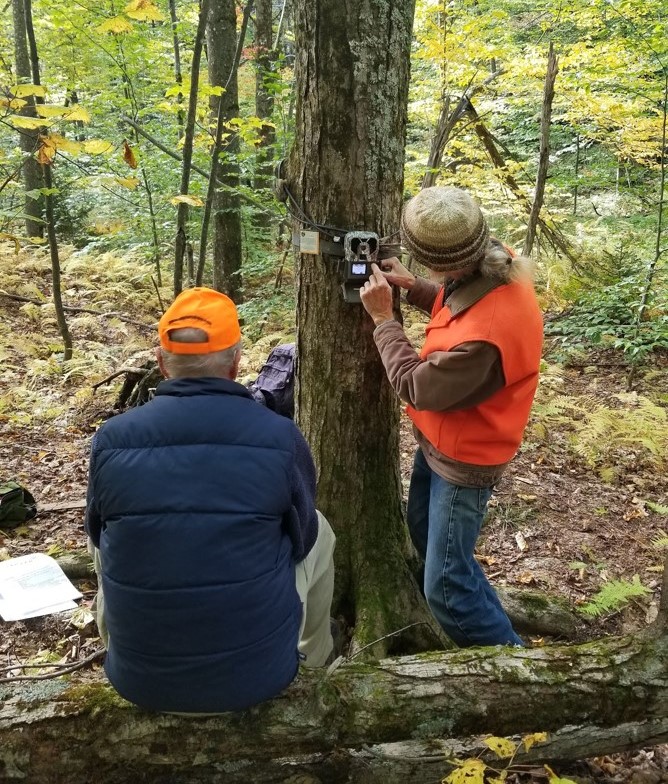
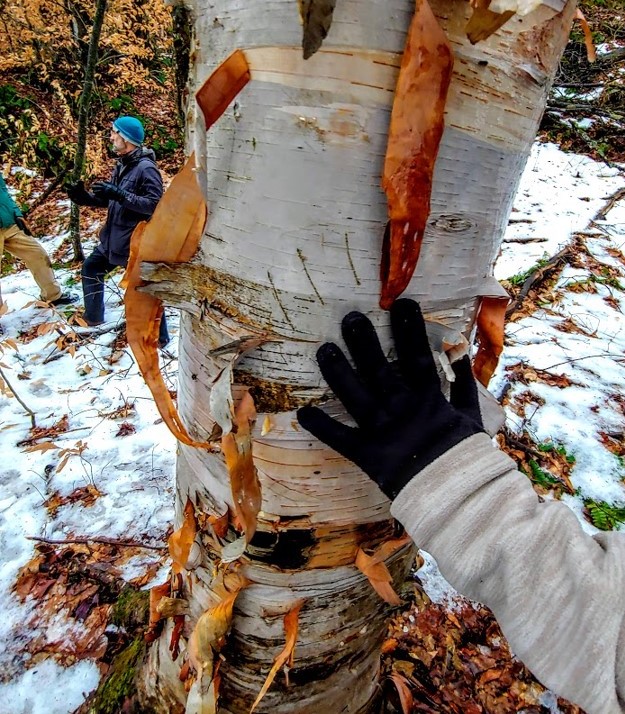
Carefully-placed cameras remain a powerful tool, for broad monitoring and also for investigating targeted questions that may arise in the field, like “What animals are traveling through this culvert?” or “Who’s occupying this den site?” or “How often do bears visit this marking tree, and can we distinguish different individuals?” We’d like to make use of our cameras to answer these kinds of questions and engage our tracker network in some true community-driven science. So stay tuned as we work towards a new monitoring protocol starting in Winter 2024!
We want to say a massive thank you to Sue Morse and Nancy Patch for originating this work in our region, and of course to our dedicated tracking and trail camera volunteers, whether you joined for a year or have been out season after season. We are so grateful for your engagement, and for each and every wildlife observation and game camera capture.
Are you interested in joining the next cohort of trackers, or in refreshing your skills? CHC is offering a tracking immersion taking place over 8 Saturdays November 2023 through April 2024. Find all the dates and details here.
If you have questions about our community wildlife monitoring programs and the next phase of WildPaths, or want to be added to our notification list for future volunteer opportunities, please reach out to Sophie by email: sophie@coldhollowtocanada.org